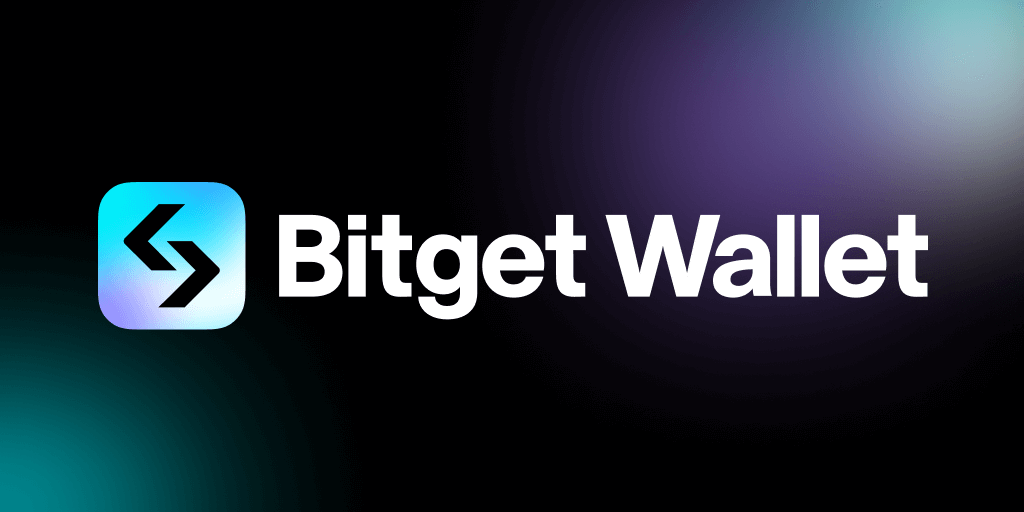Ever felt like juggling multiple crypto wallets is a full-time job? Yeah, me too. It’s like, one minute you’re on Ethereum, the next you’re hopping to Binance Smart Chain, then maybe Polkadot or Solana. Managing keys, tracking balances, and ensuring security across all these chains can get messy real quick. Wow! And that doesn’t even touch on the trading side of things—copy trading, anyone?
So here’s the thing: multi-chain wallets that integrate copy trading and hardware wallet support are starting to look like the Swiss Army knives of the crypto world. They don’t just store your assets; they streamline your entire DeFi experience. I’ll admit, at first I was skeptical. I mean, can one wallet really do it all without compromising security or usability? But as I dug deeper, my perspective shifted.
Initially, I thought these wallets might be too complex for everyday users. Actually, wait—let me rephrase that… I thought they might add layers of complexity rather than simplify. But then, I tried out a few solutions and quickly realized how seamless things can be when the right tech is in place. The integration of hardware wallet compatibility, in particular, blew me away. It’s like having Fort Knox in your pocket.
Okay, so check this out—hardware wallets are often praised for their security, but pairing them with multi-chain support and copy trading features? That’s a recipe for both safety and convenience that’s hard to beat. Copy trading adds a social dimension, letting you mirror savvy traders without losing control of your keys. On one hand, this sounds great for beginners; though actually, it also appeals to seasoned traders looking to diversify strategies without constant monitoring.
My instinct said this combination could be a real breakthrough, especially as DeFi users grow more sophisticated. But there’s a catch: not all multi-chain wallets are created equal. Some trade off security for flashy features, and others get bogged down in clunky interfaces. Something felt off about the ones I tried at first—like they were trying to be everything but ended up being nothing.
Let me tell you about my experience with the bitget wallet. I wasn’t expecting much at first. The interface looked clean but simple—none of those overwhelming dashboards that make you wanna give up before you start. The real kicker? It supports hardware wallets, which means I could keep my cold storage security while still enjoying multi-chain access and copy trading functionality. That’s a rare combo.
Seriously? Yes. I loaded up assets on Ethereum and Binance Smart Chain, then dipped into some copy trading pools. The transition felt buttery smooth. Transactions confirmed quickly, and the wallet kept me informed without drowning me in alerts. What bugs me about many wallets is the overabundance of notifications that feel like spam. Not here. It’s like the app knows when to buzz and when to chill.
Here’s the thing: multi-chain wallets that support hardware devices solve a big puzzle—how to stay secure while remaining agile across ecosystems. Imagine being able to plug in your Ledger or Trezor, access your tokens on multiple chains, and even follow top traders in real time. It sounds futuristic, but it’s happening now.
Of course, no solution is perfect. The learning curve can still be steep for newcomers, especially if they’re not familiar with hardware wallets or the risks of copy trading. Plus, the crypto space moves so fast that wallets need constant updates to keep up with new chains and DeFi protocols. I’ve seen some wallets lag behind, causing frustration. However, the bitget wallet seems to prioritize timely updates, which is reassuring.
Check this out—

That dashboard is not just eye candy. It’s functional, and it shows you exactly where your assets are, what trades you’re copying, and how your hardware wallet is securing the whole operation. I’m biased, but this kind of transparency is what the crypto space needs more of.
What Makes Multi-Chain Wallets with Copy Trading and Hardware Support So Vital?
Well, for starters, DeFi is exploding beyond Ethereum. Users are diversifying into multiple blockchains to take advantage of unique features or better fees. Managing separate wallets for each chain is tedious and risky. Multi-chain wallets consolidate this, making your crypto life less chaotic. I remember once losing track of some tokens because they were on a lesser-known chain and stored in a separate wallet—I was kicking myself for weeks.
Now, add copy trading to the mix. This feature lets you follow successful traders by automatically mirroring their trades. It’s like having a seasoned trader whispering in your ear. But the risk? You don’t want to hand over your private keys or compromise security. Hardware wallet compatibility here is a game changer. It keeps your keys offline, even while you engage in live trading activity across chains.
On one hand, copy trading democratizes access to advanced strategies, leveling the playing field. Though actually, it also raises questions about trust and transparency—how do you really vet who to follow? The wallet can’t do that for you, but having a secure, multi-chain platform with hardware protection definitely lowers the risk of hacks or scams.
Something else worth mentioning is interoperability. A truly effective multi-chain wallet supports seamless asset transfers and interactions across chains without forcing users to switch apps or manage multiple passwords. This reduces friction and error. The bitget wallet nails this balance, from what I’ve seen.
Honestly, the future of crypto wallets lies in integrating these features in ways that feel natural. You shouldn’t have to be an engineer to safely copy trade or manage assets on five different blockchains. That’s the holy grail.
Here’s a quick tangent—remember the early days when hardware wallets were these clunky, geek-only devices? Now, they’re sleek, user-friendly, and pairing them with mobile apps that support multi-chain access is becoming the norm. I feel like we’re finally catching up to the dream of secure, accessible crypto management.
But, I’ll be honest… I’m not 100% sure every multi-chain wallet out there is ready for prime time yet. There’s still a patchwork of support for some newer blockchains, and copy trading features vary wildly in quality. Plus, the regulatory landscape is murky, which could impact how these wallets evolve.
Still, wallets like bitget wallet are showing the way forward by combining security, multi-chain agility, and social trading functionality all in one place. It’s definitely worth checking out if you’re deep into DeFi and want a more integrated experience.
In the end, managing crypto across multiple chains without a unified, secure platform can feel like herding cats. These new-generation wallets simplify that chaos, but the user has to stay sharp—watch your risk, verify who you copy trade, and never underestimate the importance of cold storage.
So, what’s next? I’m curious to see how these wallets will handle emerging blockchains, layer-2 solutions, and evolving DeFi protocols. Will hardware wallet integration keep pace? Will copy trading become the norm or just a fad? Only time will tell, but right now, this combo is the closest thing we have to a crypto control center that actually works.
Anyway, that’s my two cents. If you’re in the market for a wallet that lets you juggle multiple chains securely while tapping into copy trading, definitely peek at the bitget wallet. It’s not perfect, but it’s a solid step toward making multi-chain DeFi management less of a headache and more of an advantage.


